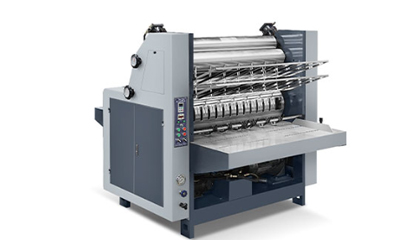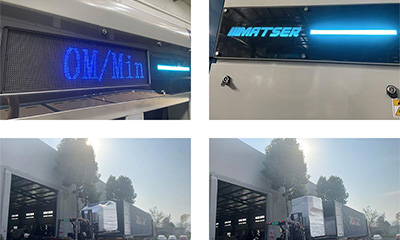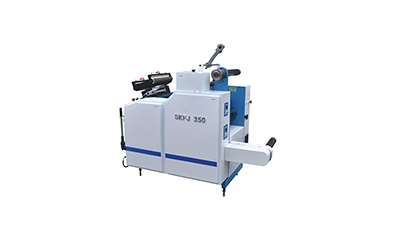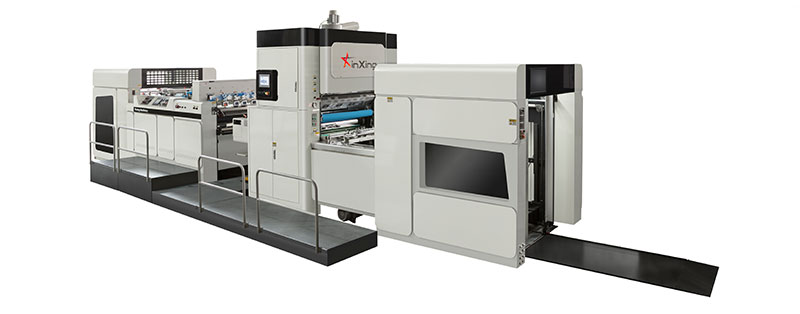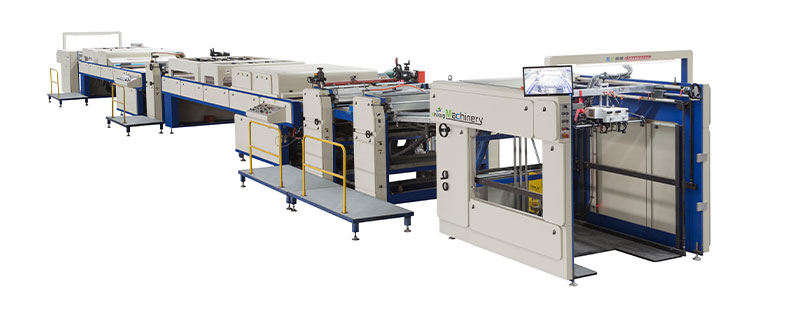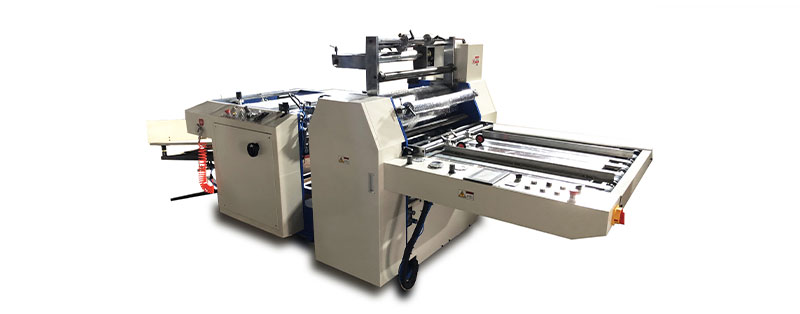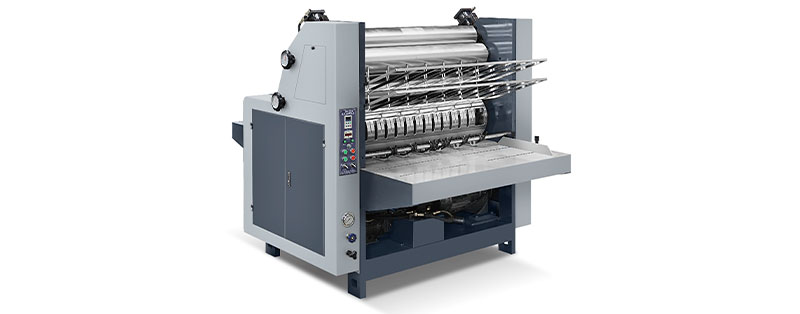Roll laminating machines are essential tools for adding a protective, durable, and often visually appealing plastic layer to paper, photos, posters, and other documents. They work by bonding a plastic film (laminate) to the substrate using either heat and pressure or pressure alone. Let's break down the process and the different types:
How Roll Laminating Machine Works
The basic working principle of a roll laminating machine is to bond a plastic film to the surface of a substrate (such as paper, cardboard, fabric, etc.) through the combined action of pressure and (or) heat. The process typically involves the following steps: The substrate to be laminated and the roll of laminating film are fed into the machine simultaneously. As they pass through a set of rollers, the film is evenly applied to the surface of the substrate. Depending on the type of laminator, heat may be applied to activate the adhesive on the film, and pressure ensures a tight bond between the film and the substrate, resulting in a laminated product with enhanced properties.
Heated Roll Laminators
Key feature: Uses heat to activate adhesive on the film.
Process: Heated rollers melt/activate the film’s adhesive while applying pressure for a strong bond.
Best for: Paper, cardstock, and synthetic materials (non-heat-sensitive).
Common uses: Posters, book covers, marketing materials.
Cold Roll Laminators
Key feature: Relies solely on pressure (no heat).
Process: Pressure-sensitive adhesive on the film bonds to the substrate via roller pressure.
Best for: Heat-sensitive materials (photos, certain plastics, vinyl).
Advantage: Avoids heat damage to delicate substrates.
Key Components and Features of Roll Laminators:
1. Feed Tray/Guide: Ensures the document/film sandwich enters the rollers straight and aligned.
2. Drive Rollers: The core components that pull the material through the machine. Usually made of durable rubber or silicone.
3. Heated Rollers: Metal rollers internally heated to precise temperatures.
4. Pressure Adjustment: Allows operators to increase or decrease the force applied by the rollers, crucial for different film thicknesses and material types.
5. Temperature Control: Thermostat or digital controls to set the optimal temperature for the film being used.
6. Speed Control: Adjusts how fast the material feeds through, affecting bonding quality (slower is often better for thick materials or perfect bonding).
7. Reverse Function: Allows backing the material out if it jams or feeds crookedly.
8. Separation Bar/Edge: Helps separate the finished laminated item from the carrier sheets (the non-adhesive backing layers of the film roll) as it exits.
9. Cutting Mechanism: Built-in trimmer to cut off excess laminate after the document exits.
Advantages of Roll Laminating Machines:
1. Durability & Protection: Shields documents from water, spills, dirt, grease, tearing, fading (UV protection available), and general wear and tear. Significantly extends the life of documents.
2. Enhanced Appearance: Adds a professional, glossy, or matte finish. Colors often appear more vibrant. Matte laminate reduces glare.
3. Rigidity: Makes documents stiffer and easier to handle, display, or use (e.g., menus, signage, placemats).
4. Writeable Surface: Many laminates allow you to write on them with dry-erase or wet-erase markers, making them ideal for reusable charts, schedules, or ID cards.
5. Professionalism: Creates a polished, high-quality look for presentations, marketing materials, certificates, and displays.
6. Versatility: Can laminate a wide range of items beyond paper, including fabric, thin cardboard, photos, and certain plastics.
7. Efficiency: Faster and provides a more consistent, bubble-free result compared to pouch laminators, especially for longer items or high volumes.
Roll laminating machines, whether hot or cold, provide a reliable and effective way to protect and enhance a vast array of materials. By understanding the differences in how they work and their key features, you can choose the right machine and film to achieve professional, long-lasting results for your specific needs.
FAQ
Q1: What's the difference between hot and cold laminating?
A: Hot laminators use heat to melt adhesive on the film, creating a very strong, permanent bond. Cold laminators use pressure-sensitive adhesive film and no heat, making them safe for heat-sensitive items. Hot lamination generally provides a more rigid finish.
Q2: What thickness laminate should I use?
A: Common thicknesses are 1.5 mil (light protection, flexibility), 3 mil (standard, good balance), 5 mil (heavy-duty, very rigid), 7 mil & 10 mil (extra rigid for signs, menus, heavy use). Choose based on needed durability and rigidity.
Q3: Can I laminate photos?
A: Yes, BUT: Use a cold laminator or very carefully use a hot laminator with low heat settings. Heat and pressure can damage some photo papers (especially inkjet) or cause colors to shift. Test first! Cold lamination is safest for valuable photos.


